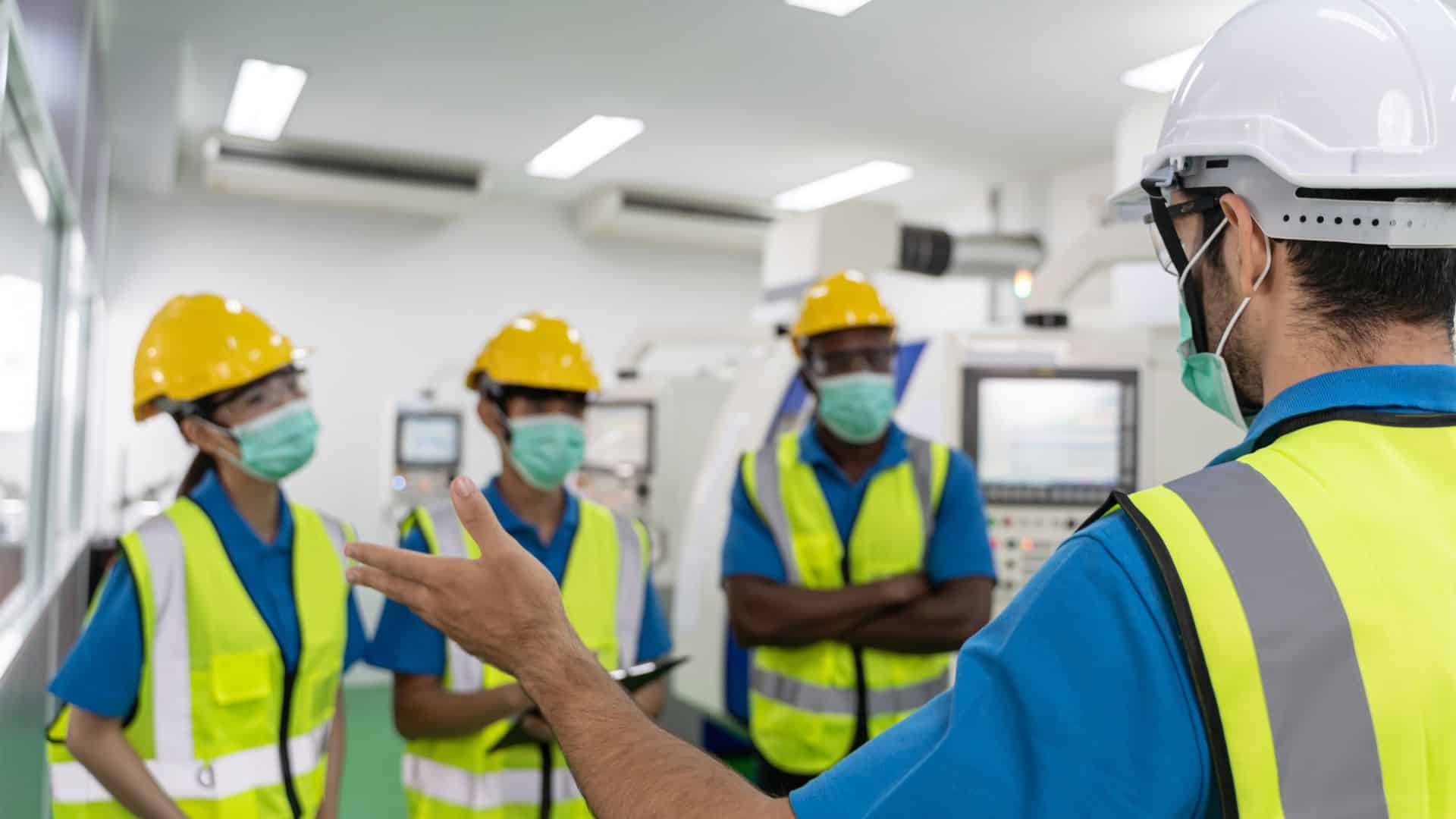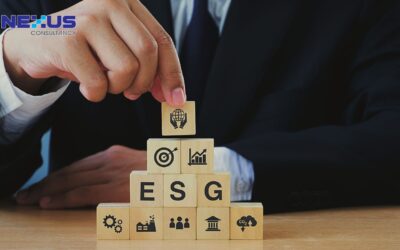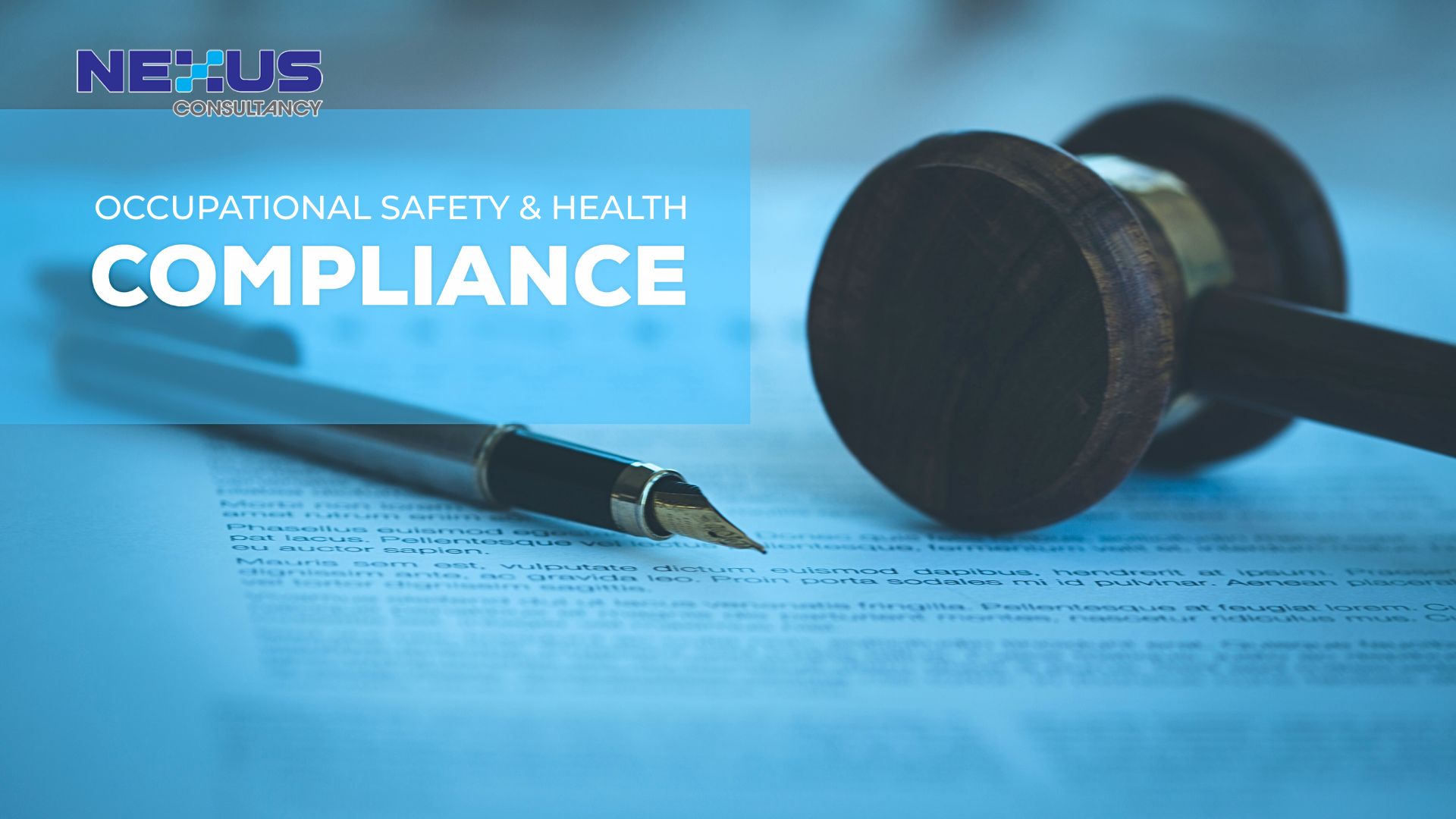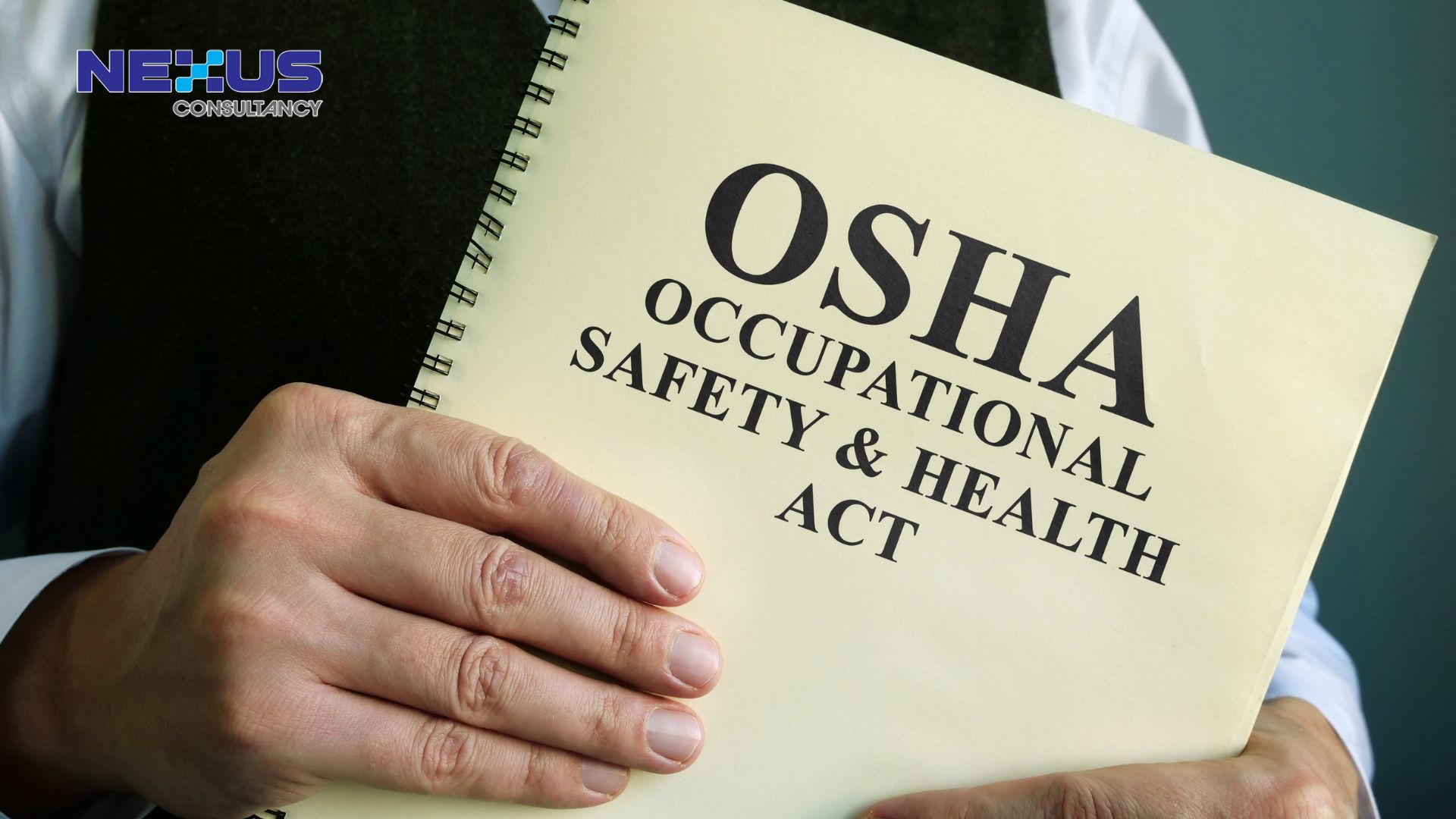
Tey Su Yin
Management Consultant
Managing safety and health is an integral part of managing a business. Businesses need to do a risk assessment to find out about the hazards and risks in their workplace(s) and put measures in place to effectively control them to ensure these hazards and risks cannot cause harm to workers.
– 3 mins read

“Accidents hurt, Safety doesn’t.”
When talking about Environmental, Social and Governance (ESG), one of the subsets is the Social criteria, which looks at the organization’s relationships with its stakeholders, considering employee engagement, human rights, labor standards, working conditions including health and safety and communities relations.
In this week’s newsletter, let’s look closely at health and safety in SMEs’ workplaces. As a result of the pandemic, people have recently been much more conscious of health and safety, but this is nothing new, especially in SME fields like manufacturing, such as food production, where a lack of health and safety might have catastrophic consequences for public health.
Given the diversity and size of SMEs, it is impossible to offer general safety recommendations for different SME industry. Each industry will have its own health and safety system and set of rules to follow. Falling from heights, exposure to loud noise, exposure to toxic fumes, falling into silos, working in confined space, musculoskeletal injuries, work-related stress, or mechanical accidents are some examples of health and safety hazards.

The risks that are substantial must be identified and the root causes must be laid out in order to manage the health and safety dangers within a workplace. Here are some examples:
- Accidents involving transportation account for many fatalities in various industries. Lift truck operators ought to receive training and operate on secure platforms. Systems should be in place to stop tipping vehicles and lorries from overturning.
- It is important to identify all jobs that need access to heights and to put in place reliable safety measures, example the use of safety harness. Stairways and ladders need to be maintained. Aids should be available where the worker can rest their tools, and the operators’ hands must be free to operate. Workers must receive training on the safest technique to access a height temporarily.
- There must be a safe system of work for entrance and rescue in situations where entering silos and confined spaces is unavoidable. Wearing the appropriate respiratory protection equipment is required if the atmosphere within a silo or confined space is hazardous. Silos that present an engulfment risk ought to be off-limits to entry.
- There must be safety precautions in place for every machinery utilized, such as fencing to rotating parts on the machine.
- Obstructions on walkway have to be removed, so that workers can have unrestricted movement.
- Common risk at work is slipping and falling. Any hazards that may cause slipping and falling, example obstruction on the floor, wet floor, uneven surface must be removed.
- Effective cleaning procedures should be established, together with proper labelling, sufficient lighting, proper ventilation to prevent health related risks.
- Risks associated with manual handling should be reduced, for instance by adopting lighter containers, using mechanical handling aids like reach trucks, or seeking assistance in lifting heavy items.
- To prevent items from falling, consideration must also be in placed to their handling, staking, and mobility.
As you can see, there are many risks that may arise from the workplace, resulting in injury or ill-health to the workers. An organization can start by implementing a Hazard Identification, Risk Assessment and Risk Control to identify to hazards, determine the significance of the risks arising from these hazards, and if significant, establish risk control plans to reduce or eliminate the risks. Organizations must also equip themselves with relevant health and safety legal requirements and ensure its compliance. Ultimately, an organization should take all reasonable precautions to safeguard the health and safety of their workers, customers, vendors, and the general public.
Feel free to contact us to learn more about ESG
More Article
Empowering Employees through ESG: The Role of Training and Awareness
Chief Operating OfficerEmpower your team with ESG training. ISO-aligned, practical, and impactful for SMEs in Malaysia.As businesses around the world embrace Environmental, Social, and Governance (ESG) principles, a common mistake is treating ESG solely as a boardroom...
ESG for SMEs: Simple Steps to Get Started (Even with a Small Team)
Chief Operating OfficerSimple ESG tips for SMEs. Begin your journey with support from trusted ESG consultants in Malaysia.In today’s business environment, Environmental, Social, and Governance (ESG) practices are no longer just for large corporations. Small and...
What Is Food Safety Culture and Why It Matters More Than Ever
Chief Operating OfficerLearn why food safety culture is a must-have for compliance, brand trust, and growth—backed by ISO consultants in Malaysia.In today’s competitive and tightly regulated food manufacturing landscape, compliance alone is no longer enough. To...
Why Proactive OSH Legal Compliance Is Good for Business Reputation
Chief Operating OfficerWorried about Malaysia’s OSH Act penalties or workplace audit readiness? Discover how proactive OSH compliance builds trust, reduces fines, and supports ESG goals.In today’s competitive market, companies are judged not just by their products or...










